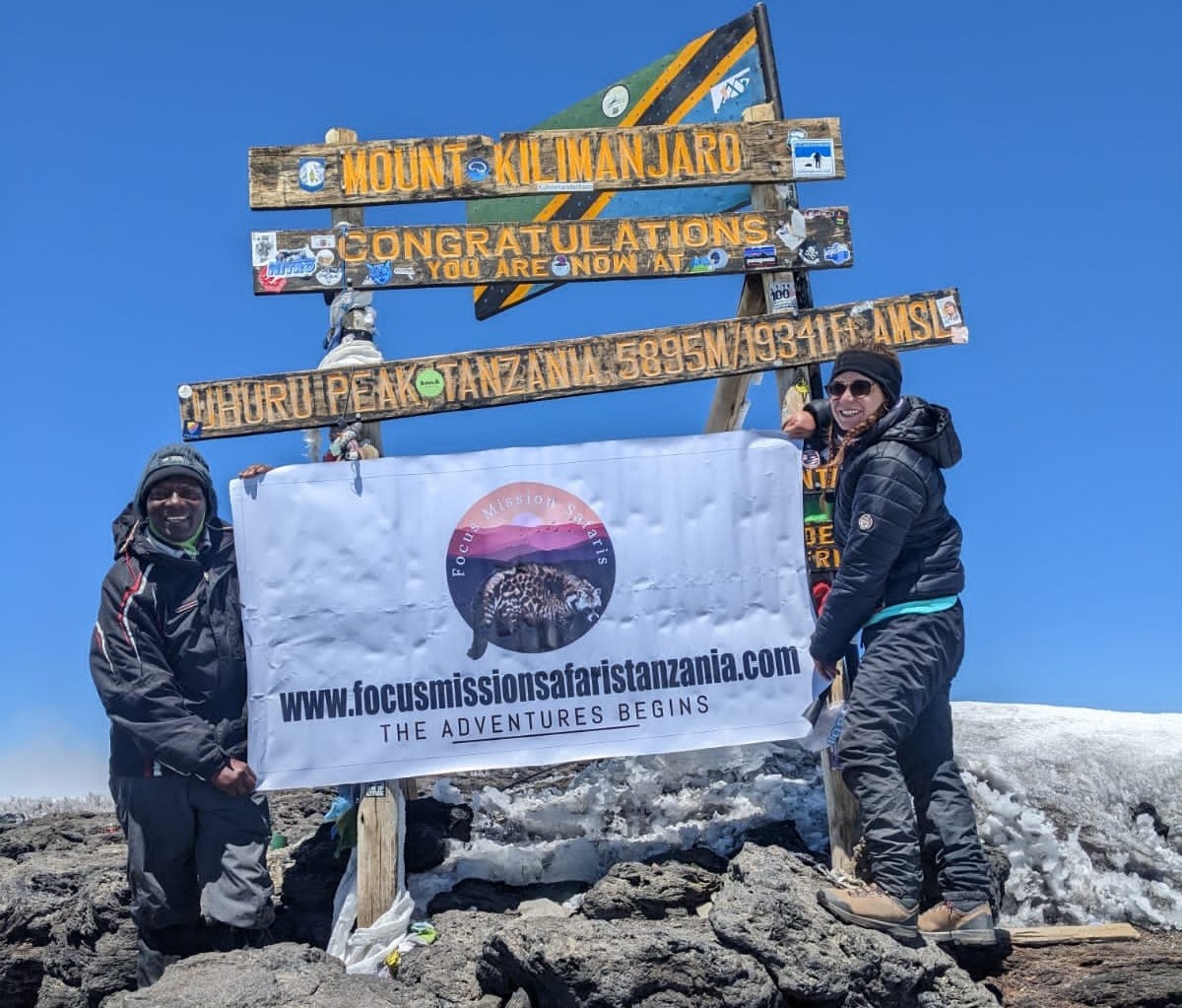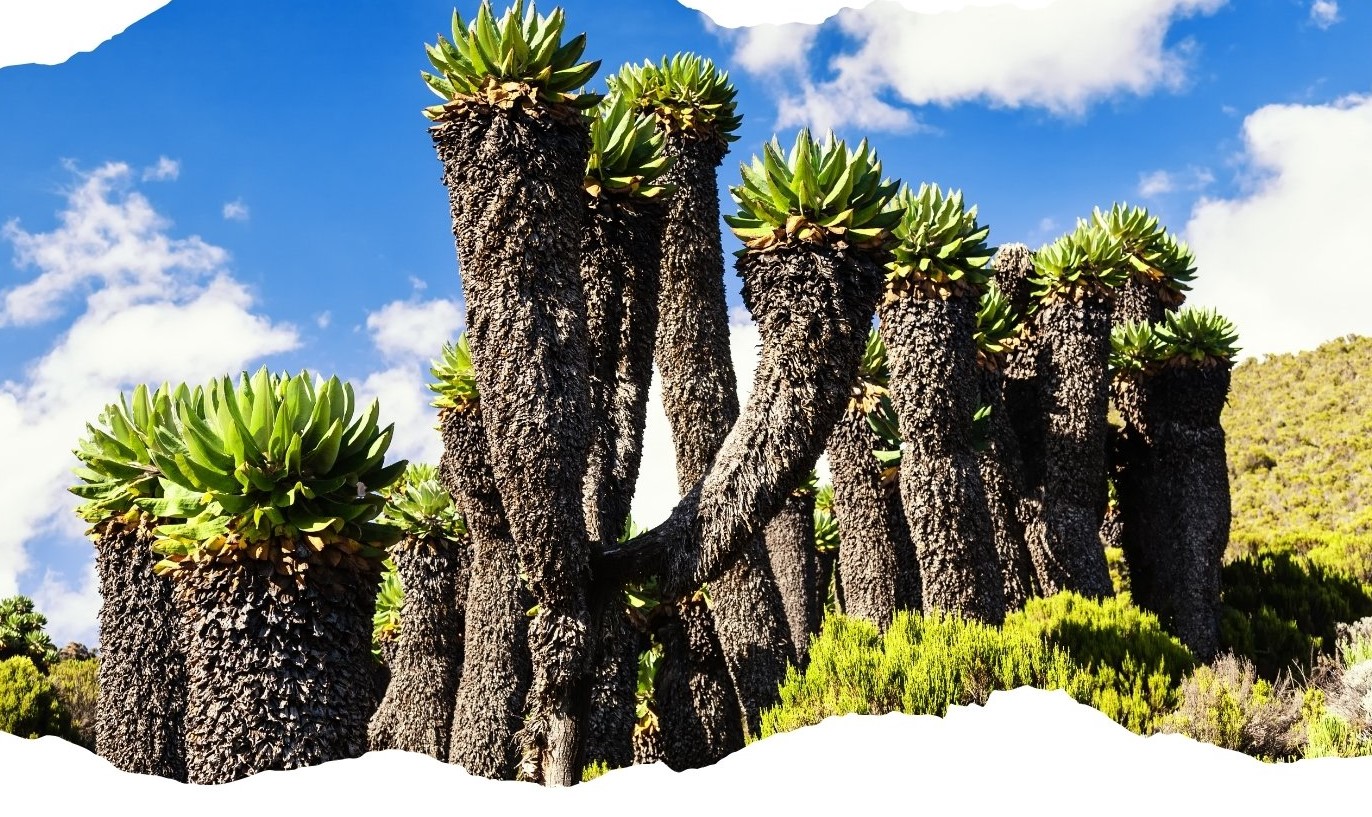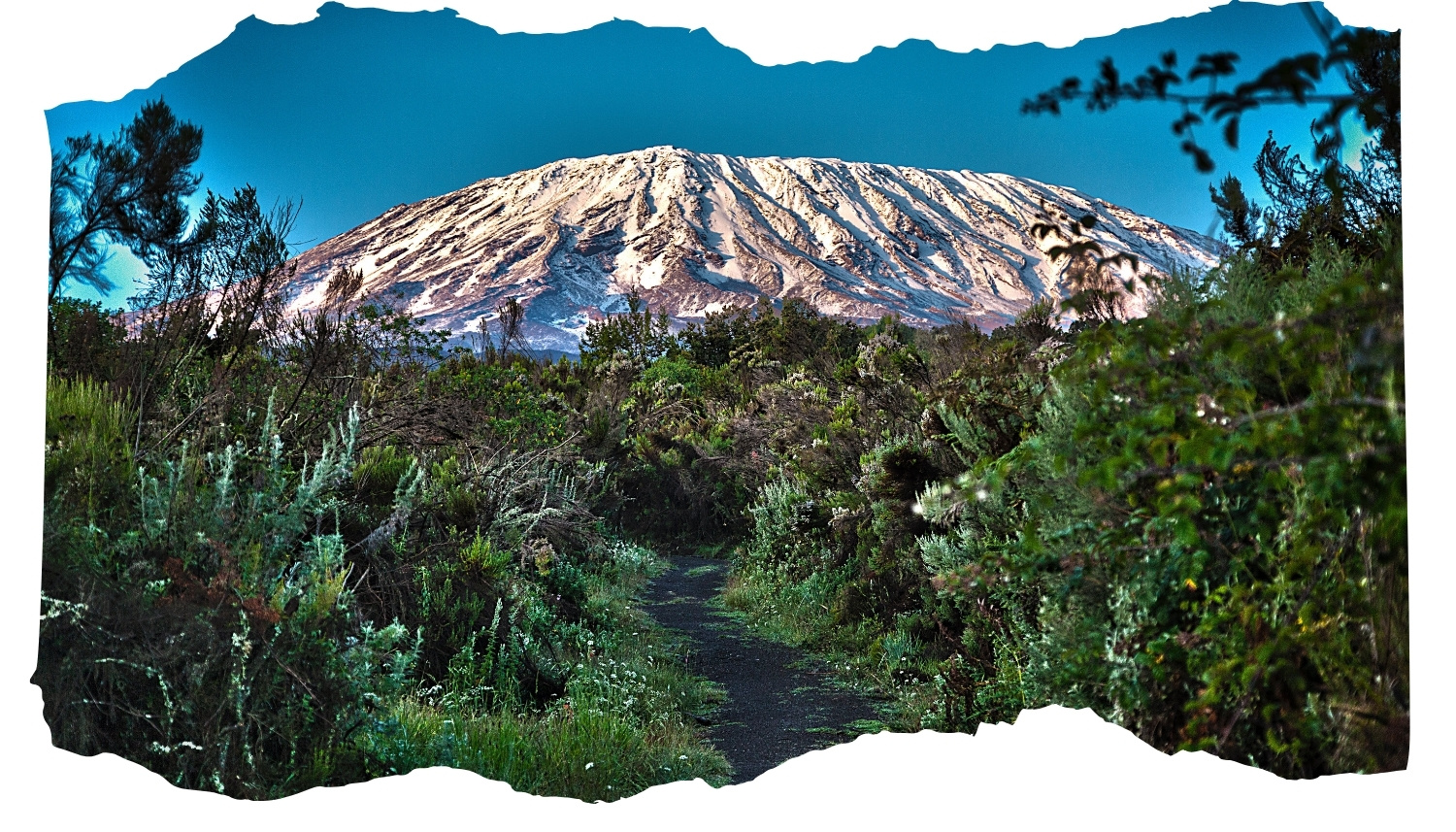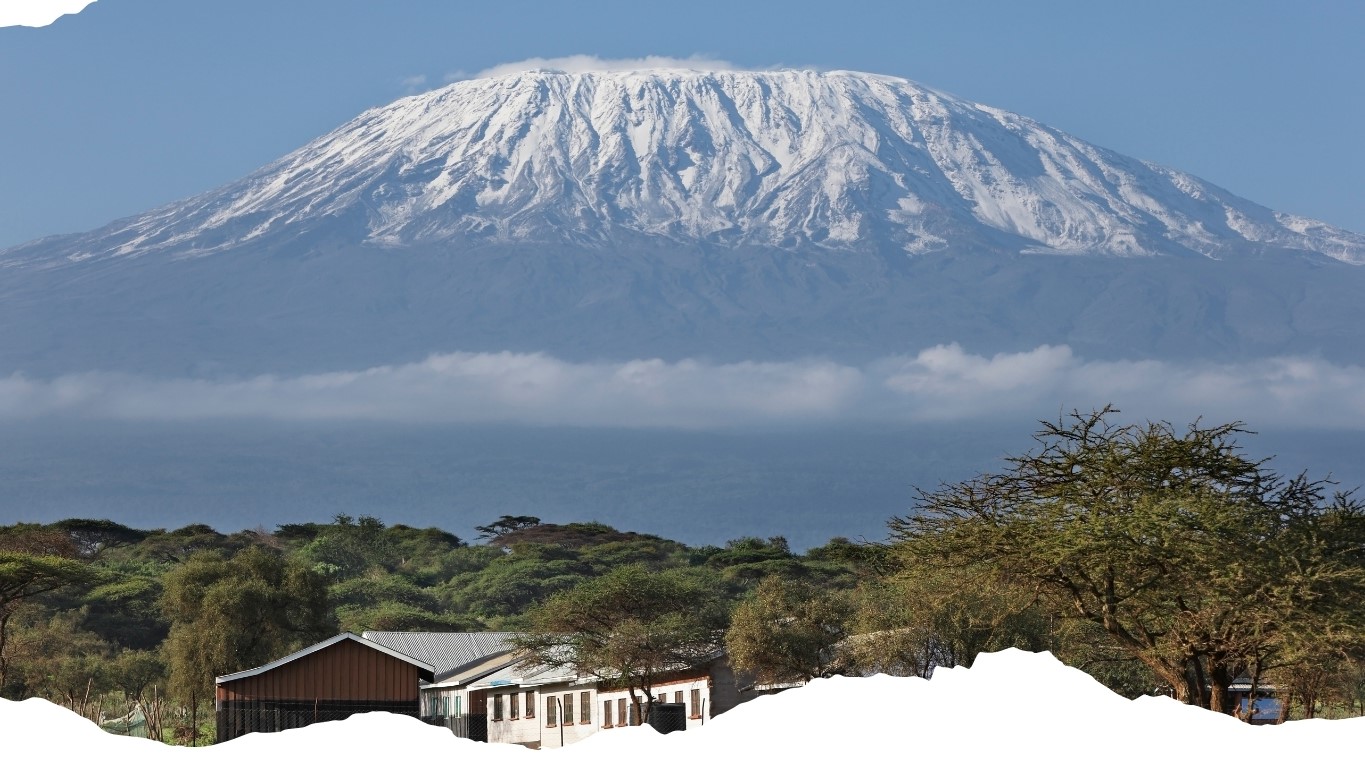Climb the Northern Circuit Route
The Northern Circuit is the longest and most scenic route on Mount Kilimanjaro, offering unparalleled views and a more gradual ascent to the summit. Known for its exceptional acclimatization opportunities, the Northern Circuit allows trekkers to approach the mountain from the less-traveled northern side, passing through diverse landscapes and ecosystems. The trek can last anywhere from 7 to 10 days, providing ample time for acclimatization and enhancing the chance of a successful summit. The route takes climbers around Kilimanjaro’s northern slopes, offering breathtaking panoramas of Kenya’s plains and the dramatic wilderness surrounding the mountain. With fewer crowds and serene trails, the Northern Circuit is perfect for adventurers seeking solitude and a slower, more immersive journey to the top of Africa.



